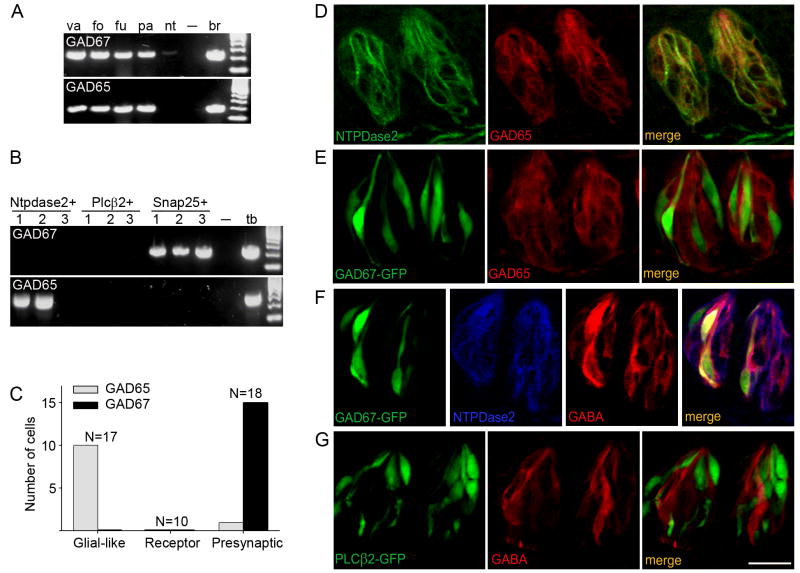Figure 7. GABA is synthesized and accumulates in both Type I and Presynaptic (Type III) taste bud cells.
A, RT-PCR for glutamic acid decarboxylase (GAD) subtypes in enzymatically peeled epithelium containing taste buds from four oral taste fields, vallate (va), foliate (fo), fungiform (fu) and palate (pa). Both GAD65 and GAD67 are expressed in all fields and little, if at all, in peeled non-taste lingual epithelium (nt). Control reactions include no cDNA (-) and brain cDNA (br). B, taste bud cells were subjected to single-cell RT-PCR, first to test for expression of NTPDase2, PLCβ2 and SNAP25. Of > 50 cells tested, none expressed more than one of these three cell-type markers. The expression of GAD67 and GAD65 in each cell was then tested. The gel shows three representative cells of each type. No expression of GAD65 or GAD67 was detected in Receptor cells (Plcβ2+). C, summary of single cell profiling of 45 cells as in B, shows that GAD65 is only expressed in Type I (Glial-like) cells, while GAD67 is only expressed in Presynaptic cells. Receptor (Type II) cells do not express either GABA-synthesizing enzyme. C, D-G, double immunofluorescence for GABA or its synthetic enzymes, and markers for Type I, Receptor, and Presynaptic cells in mouse vallate taste buds. D, GAD65 immunoreactivity (red) is in cells that express NTPDase2 (green), a marker for Type I cells. E. GFP fluorescence (green) in taste buds from GAD67-GFP transgenic mice is in cells distinct from cells that are immunoreactive for GAD65 (red). F, GABA immunoreactivity (red) in vallate taste buds from a GAD67-GFP mouse occurs in cells displaying GFP fluorescence (green) as well as in cells that are immunoreactive for NTPDase2 (blue). That is, GABA accumulates only in GAD67-positive Type III cells and in NTPDase2-positive Type I cells. G, In contrast, GFP fluorescence (green) in taste buds from PLCβ2-GFP transgenic mice does not co-localize with GABA immunostaining, confirming that Receptor (PLCβ2+) cells do not synthesize or store GABA.

